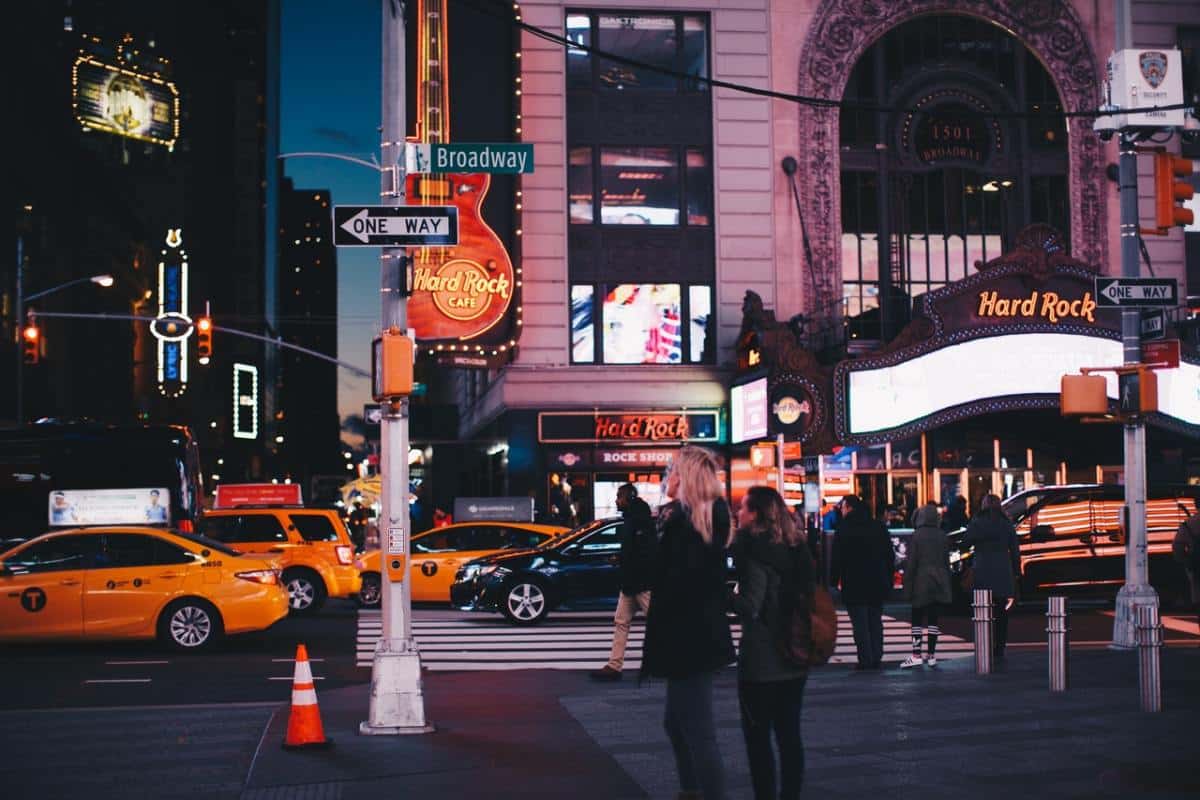Little Known Facts About Street Photographers.
Little Known Facts About Street Photographers.
Blog Article
See This Report on Street Photographers
Table of ContentsStreet Photographers Can Be Fun For AnyoneStreet Photographers Things To Know Before You BuyHow Street Photographers can Save You Time, Stress, and Money.The Ultimate Guide To Street PhotographersRumored Buzz on Street Photographers
, a category of digital photography that records everyday life in a public area. The actual publicness of the setup enables the professional photographer to take candid photos of strangers, frequently without their expertise. Street professional photographers do not always have a social purpose in mind, but they choose to isolate and capture minutes which might otherwise go undetected.He was affected by several of those who affected the road photographers of the 1950s and '60s, he was not chiefly interested in recording the spirit of the street., that worked side by side with professional photographers trying to capture the essence of urban life.

Offered the fine quality of his photographs and the breadth of product, designers and artists frequently got Atget's prints to make use of as recommendation for their own work, though industrial rate of interests were hardly his major motivation. Rather, he was driven to photo every last residue of the Paris he enjoyed. The mingled passion and seriousness of his mission luster through, causing photos that narrate his own experience of the city, top qualities that prepared for road photography of the 20th century.
The Of Street Photographers
They reveal the city with his eyes. His job and basic understanding of digital photography as an art kind worked as motivation to generations of photographers that followed. The following generation of road professional photographers, though they likely did not describe themselves therefore, was ushered in by the photojournalism of Hungarian-born professional photographer Andr Kertsz.
Unlike his peers, Brassa utilized a larger-format Voigtlnder electronic camera with a longer direct exposure time, requiring him to be extra calculated and thoughtful in his practice than he might have been if using a Leica. (It is thought that he might not have had the ability to afford a Leica back then, but he did, however, utilize one in the late 1950s to take colour photographs.) Brassa's photographs of the Paris abyss illuminated by artificial light were a discovery, and the collection of the collection that he published, (1933 ), was a significant success.
Cartier-Bresson was a champ of the Leica camera and among the very first digital photographers to optimize its capacities. The Leica enabled the photographer to interact with the environments and to record moments as they took place - Street hop over to here Photographers. Its relatively tiny dimension likewise assisted the professional photographer fade right into the background, which was Cartier-Bresson's recommended strategy
The Of Street Photographers
It is due to this essential understanding of the art of picture taking that he is often credited with finding the medium all over once again approximately a century given that its innovation. He took photographs for greater than a half century and influenced generations of photographers to trust their eye and instinct in the minute.
These are the inquiries I shall attempt to address: And then I'll leave you with my own interpretation of road photography. Yes, we do. Allow's start with defining what a meaning is: According to it is: "The act of specifying, or of making something guaranteed, unique, or clear".
No, certainly not. The term is both limiting and misleading. Seems like a street digital photography must be pictures of a streets best?! And all content street photographers, besides a handful of outright newbies, will completely value that a road is not the essential part to street digital photography, and in fact if it's an image of a street with possibly a couple of boring people not doing anything of rate of interest, that's not road digital photography that's a picture of a street.
He makes a legitimate point do not you believe? While I concur with him I'm not sure "candid public photography" will certainly catch on (although I do kind of like the term "candid photography") since "street digital photography" has actually been around for a lengthy time, with several masters' names affixed to it, so I think the term is here to stay.
Things about Street Photographers
You can shoot at the coastline, at a celebration, in a street, in a park, in a piazza, in a coffee shop, at a museum or art gallery, in a metro station, at an event, on a bridge, under a bridge ...
Yes, I'm afraid we scared no choice! Without regulations we can not have a definition, and without a definition we don't have a genre, and without a style we do not have anything to specify what we do, and so we are stuck in a "policies definition style" loop! - Street Photographers
Not known Facts About Street Photographers

Report this page